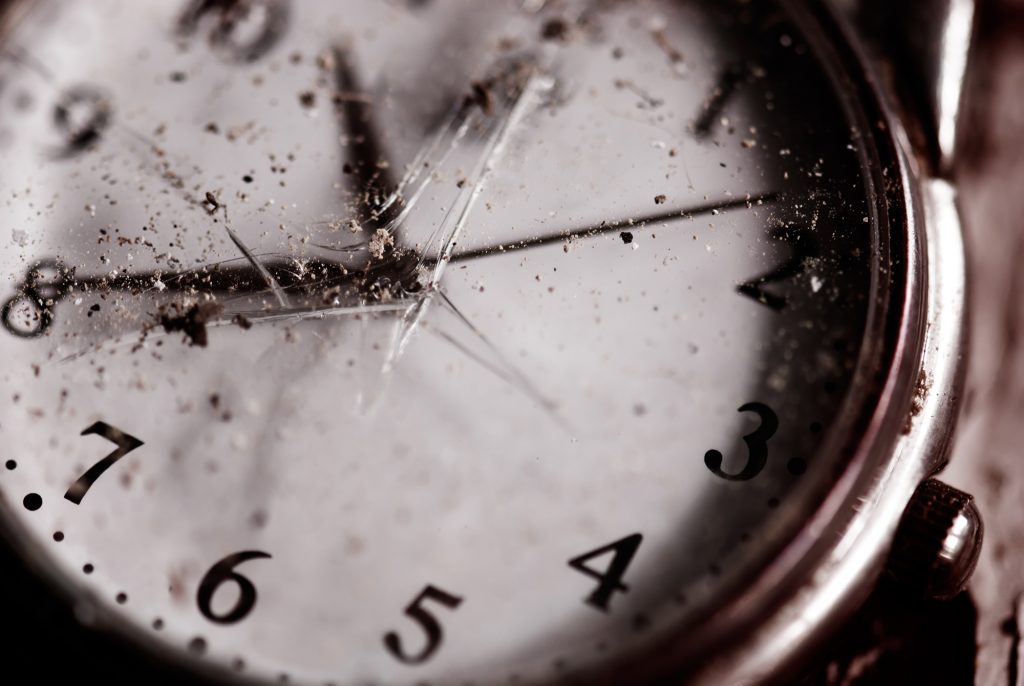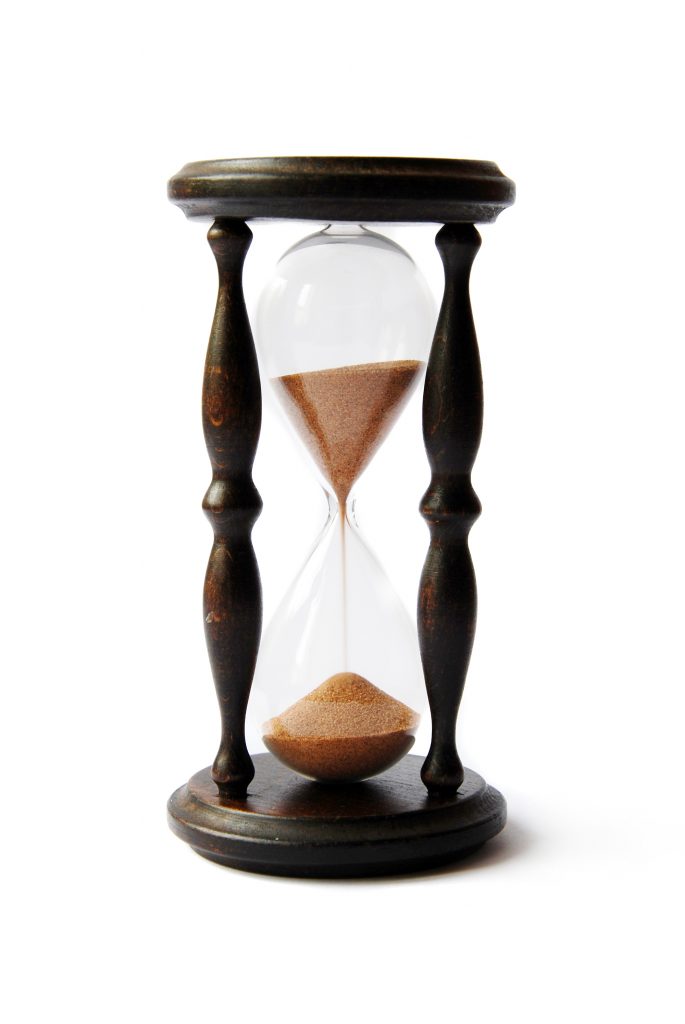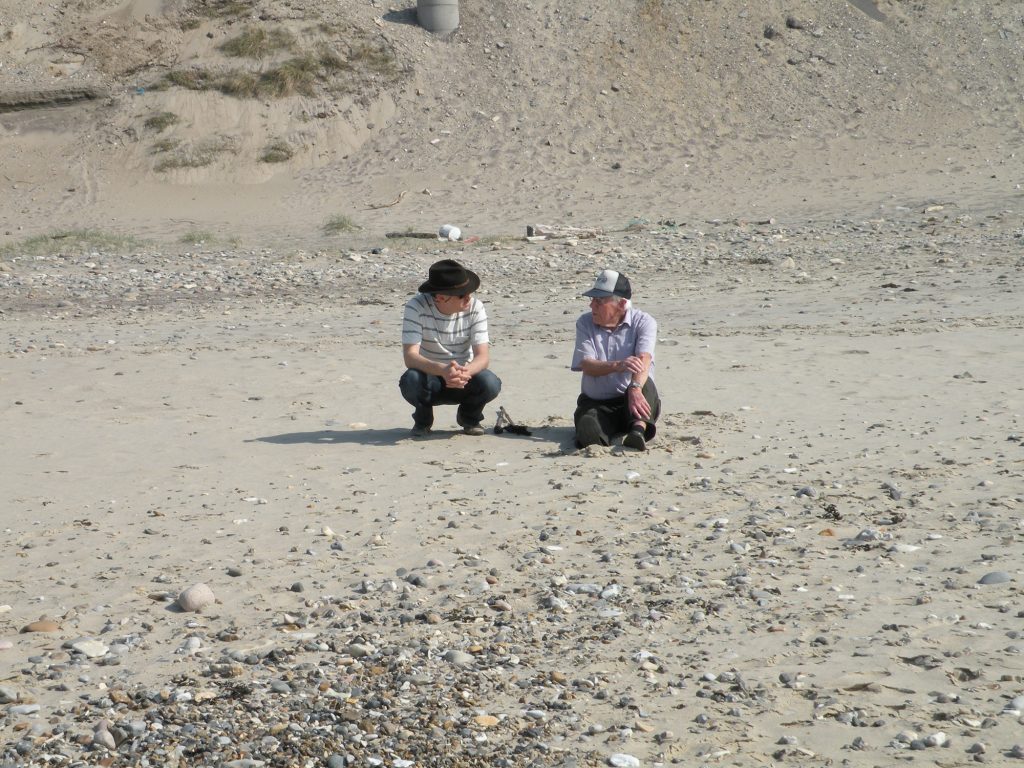
In the 1990s, Chris Mueller, a Canadian postdoc, worked in Prof. Shibler’s lab on albumin promoters, a site in DNA where the protein binds to initiate RNA synthesis (transcription). He identified a novel protein called albumin site D-Binding Protein, or DBP, in the livers of rats that bind to the albumin promoter. He discovered the gene that controls the expression of DBP as well as the protein’s amino acid sequence. The finding was published in the prestigious journal “Cell”. Mueller moved to Queens College in Kingston as an assistant professor, and Prof. Shibler’s Swiss grant got extended.In the 1990s, Chris Mueller, a Canadian postdoc, worked in Prof. Shibler’s lab on albumin promoters, a site in DNA where the protein binds to initiate RNA synthesis (transcription). He identified a novel protein called albumin site D-Binding Protein, or DBP, in the livers of rats that bind to the albumin promoter. He discovered the gene that controls the expression of DBP as well as the protein’s amino acid sequence. The finding was published in the prestigious journal “Cell”. Mueller moved to Queens College in Kingston as an assistant professor, and Prof. Shibler’s Swiss grant got extended.
Timing the science
Everyone was content up until Jerome Wuarin, a Ph.D. candidate in Shibler’s group who continued Mueller’s work, barged into Shibler’s office one day, shouting, “It’s all phony, and you have to retract the paper,” as Shibler recalls in an interview. Despite numerous tries, the Ph.D. student was unable to extract the DBP protein. Shibler spent many sleepless nights worrying about how this might affect his understanding of nature and his credibility as a scientist. Chris was an honest and dependable employee in the lab; thus, it was difficult for Shibler to accept that his former postdoc falsified the results. He thought to himself, “we’re going to have to retract the paper” as he stated in an interview with Cell in 2017.

Shibler told Jerome that before he would draft a retraction letter, he would like to try to extract the protein once. He extracted the nuclear protein and gave it to Jerome for western blot analysis. To his relief, his protein extraction showed DBP, although Jerome’s extraction looked like a negative control. They mulled over the whole process and figured out that Jerome was a farmer’s son and an early bird in the lab. He sacrificed the rat before 8 am. On the other hand, Chris was a night owl who always started work late and sacrificed the mice after 2 pm. Prof. Shibler was stuck in his office for some administrative work, so he did the extraction that afternoon and found the protein. They found that the DBP protein was expressed more than 300 times higher in the afternoon compared to nearly nothing in the morning. That was just sheer luck. If he hadn’t been confined to his office first thing in the morning, he would have retracted the paper. Big discoveries are often serendipitous events, as history has shown. The following year, he sent a letter to “Cell”, but it wasn’t for the retraction; it was for submitting his subsequent paper. Soon after this discovery, the circadian rhythm for additional proteins was found in several labs. Nowadays, we know that over 80% of the genes in our body follow a circadian pattern, as we have learned with the advent of whole genome sequencing and bioinformatics. Lately, scientists have been intensively exploring chronobiology—the science of biological rhythm.
Origin of chronobiology
The chronobiology field was established in the early 1960s. Prof. Franz Halberg, a professor at the University of Minnesota, coined the term “circadian” and was a pioneer in the chronobiology field. In 1960, he published a seminal paper demonstrating that giving mice a specific dose of endotoxin, a component of bacterial cell walls, in the middle of their daily dark phase did not result in their death. However, the mice died when the same dose was administered 8–12 hours sooner or later than midnight. The immune system in our body does follow circadian rhythms. Scientists found that the best defense system in the host is determined by the timing of infection, vaccination, diet, and so on. Immune cells have a diurnal rhythm, as evidenced by their migration from immune organs to the blood (trafficking) and the swallowing of bacteria (phagocytosis). Monocytes/ macrophages are specialized immune cells that play a crucial role in eliminating gram-negative bacterial infections that cause sepsis.

We live in a time where everything is abundant. We have more food, news, and years left in our lives. These cause numerous disorders that are connected. We have extended human life and shielded our grandparents from diseases such as COVID because of advances in science and medicine. In 2018, the number of individuals aged 65 and over surpassed that of children under five for the first time in history. By 2050, every sixth person worldwide and every fourth in Europe and North America will be beyond the age of 65, according to research from the WHO. Over the next 30 years, the number of people over the age of 80 will be triplicated. Older people are very vulnerable to metabolic and infectious diseases as their immune systems are out of steam. For instance, the incidence of sepsis increases with age, and 80% of septic deaths occur in people over the age of 65. Scientists spend hours in their labs to find the reasons for this problem.
Everybody has an endogenous clock, but the battery drains out with age
An elegant study by a collaboration of Stanford and Pennsylvania Universities compared the diurnal pattern of monocytes/macrophages in young and aged mice. The researchers tracked the diurnal pattern of macrophage trafficking and phagocytosis, as well as the survival of young and aged mice following septic shock. In elderly mice, the monocytes’ diurnal pattern and function are severely compromised. Using whole genome sequencing analysis (RNA seq), they discovered that aging mice have altered rhythmic expression of the genes crucial for monocyte function. Aged monocytes showed decreased expression of the gene klf4, which is essential for monocyte development, maturation, and function. Monocyte diurnal rhythms, such as their trafficking and phagocytosis, were eliminated when the klf4 gene was deleted. Interestingly, young monocytes that had the klf4 gene deleted began to act like old monocytes. This study tempts us to predict that the disruption of circadian rhythms in innate immunity may cause age-associated declines in protective immunological responses.

In Prof. Franz Halberg’s 1978 interview with “People” magazine, he said, “We find cycles in every system of the body.” Many more can be discovered, measured, and eventually exploited. From the timing of a meal to administering an anticancer drug, working with, instead of against, the body’s rhythms can tip the scale between health and disease, and even between survival and death.” Back then, a lot of scientists held skepticism. The most recent finding, however, revealed that 56 of the top 100 prescription medications work best when taken during the peak time of the target protein. The timing of the drug or vaccine may be more crucial for maximum efficacy. The chronobiology research needs to be fast-tracked, as the growing number of elderly people needs the right drug at the right time.
Author: Surendar Jayagopi
